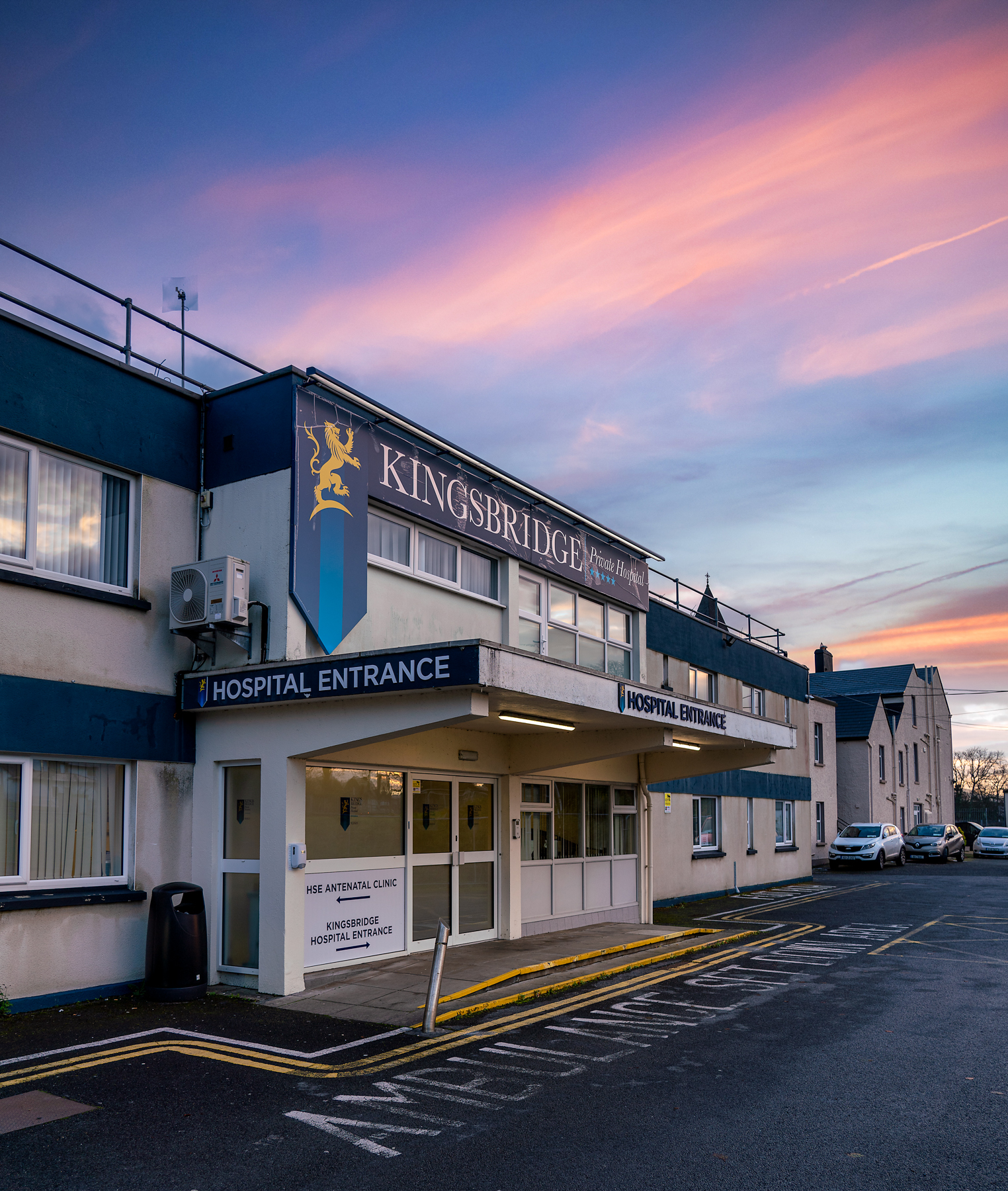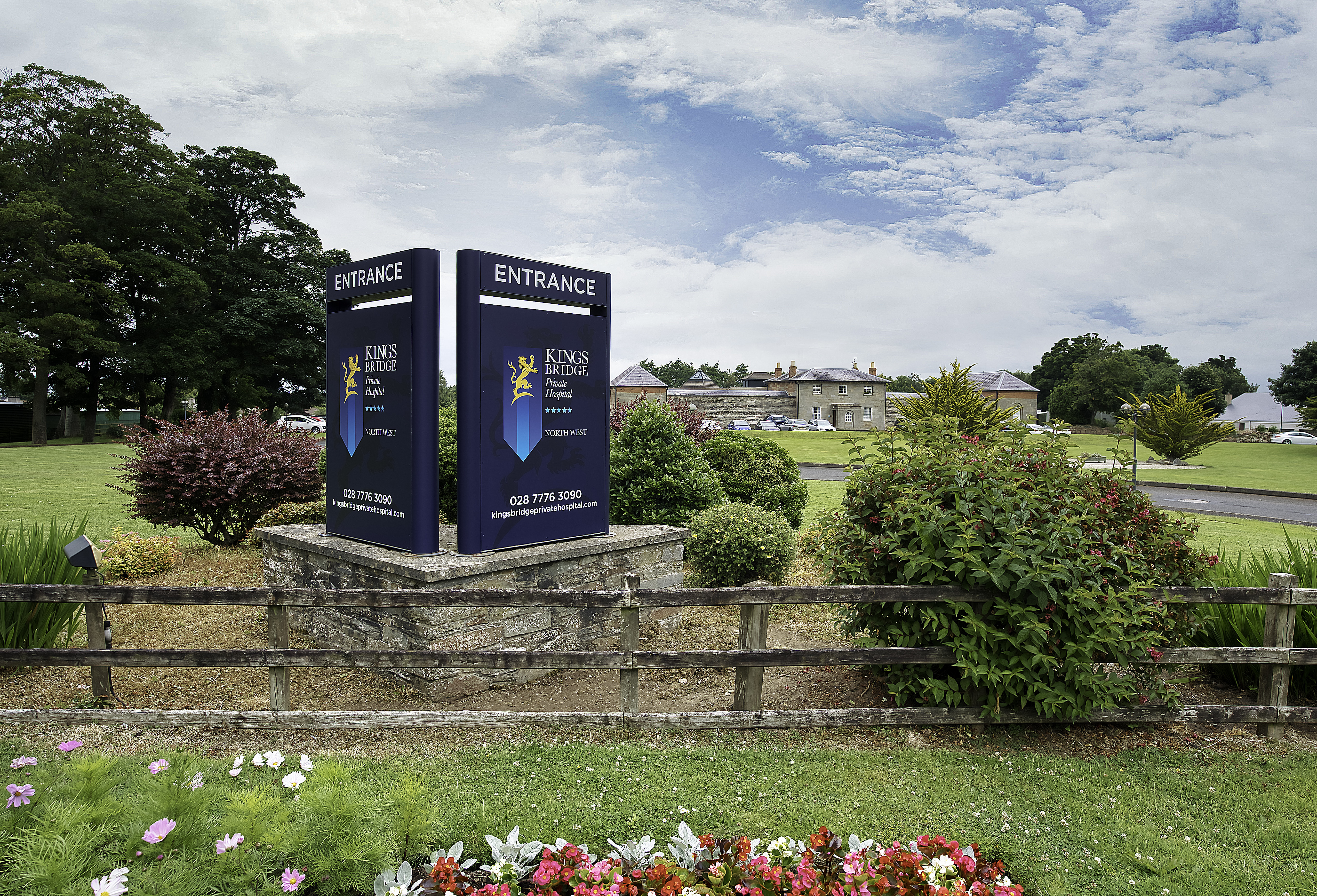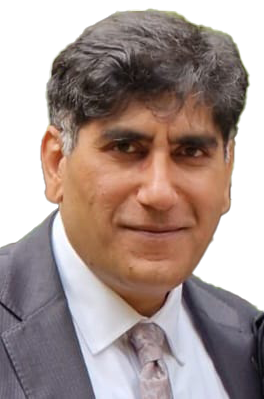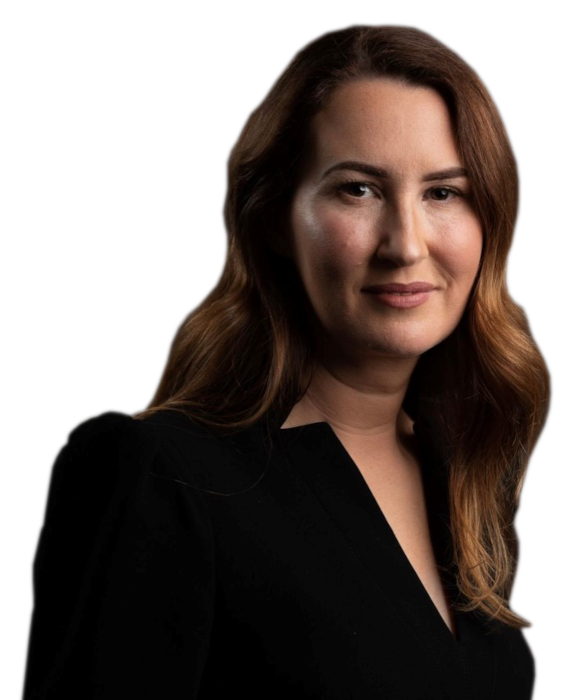There are many reasons why women may choose to have a breast lift over other treatments. This is considered to be most effective for women in the following circumstances:
Preparing for Breast Uplift Surgery
Your surgeon at Kingsbridge Private Hospital will discuss with you what will happen before, during and after your procedure, and any pain you might have. This is a good opportunity to find out what will happen, and you can help yourself by preparing questions to ask about the risks, benefits and any alternatives to the procedure that may be available at Kingsbridge Private Hospital. This will help you to be informed, so you can give your consent for the procedure to go ahead, which you may be asked to do by signing a consent form.
Beforehand your surgeon will:
- Measure your breasts and assess their shape, your skin and the position of your nipples to ensure that the surgery is specific to you so you get the best results.
- Draw on your breasts to mark the operation site.
- Photograph your breasts for confidential 'before and after' images.
- Possibly want you to have a mammogram taken before you have the procedure.
What happens during Breast Uplift Surgery?
Several cuts are made on the breasts by your surgeon. The position of the cuts can vary depending on the technique your surgeon uses.
Your surgeon at Kingsbridge Private Hospital will remove skin from around your areola or from under your breasts. They will then re-position your nipples and may reduce the size of your areola to suit the new shape.
If you’re having a breast enlargement at the same time, your surgeon at Kingsbridge Private Hospital will insert breast implants to help give shape to your breast. Your surgeon will place this directly under the surface of your breast or beneath the muscle in your breast. If you have large breasts and want to make them smaller, your surgeon can remove some of the breast tissue during surgery.
When the operation is complete, your surgeon will close the cuts with stitches and may wrap your breasts in a special supportive dressing.
What to expect afterwards?
After surgery you will need to rest until the effects of the anaesthetic have passed. You will likely need pain relief to help with any discomfort.
A nurse will give you advice about caring for healing wounds before you go home. You will also be given advice on how to care for your breasts, hygiene and bathing.
The length of time your dissolvable stitches will take to disappear depends on what type you have. However, for this procedure they should usually disappear in about 1-2 weeks following surgery. If you have non-dissolvable stitches, these will be removed 10-14 days after surgery.
Following your surgery you will require someone to drive you home. Having a friend or relative stay with you for the first 24 hours after your operation is advised.
General anaesthesia temporarily affects your co-ordination and reasoning skills, so you must not drive, drink alcohol, operate machinery or sign legal documents for 24 hours afterwards. If you’re in any doubt about driving, contact your motor insurer so that you’re aware of their recommendations, and always follow your surgeon's advice.
Recovering from Breast Uplift Surgery
It usually takes around four weeks to make a full recovery from breast uplift surgery, but this can vary between individuals. Your surgeon will provide advice on this.
If you need pain relief, we recommend that you take over-the-counter painkillers such as paracetamol or ibuprofen. Always read the patient information leaflet that comes with your medicine and if you have any questions, ask your pharmacist for advice.
You will need to wear a support bra for up to six weeks after your operation. This will help to prevent the weight of the breasts pulling on your healing wounds. A sports bra may also be but you should ask your surgeon or nurse for advice.
As with most types of surgery, there is a small risk of infection. Infected wounds can take longer to heal and may result in a more noticeable scar on the breasts.
You should contact your surgeon for advice if you have a high temperature or if your wound is:
- sore
- feels hot and swollen
- looks red, or starts to weep
Please be aware that it is normal for the breasts to need several months to settle into their new shape following surgery.
Side-Effects associated with Breast Uplift Surgery
Side-effects are the unwanted but mostly temporary effects you may get after having breast uplift surgery. These include:
- soreness, swelling and bruising
- scarring – you will have permanent scars, they will be pink and noticeable at first, but usually fade over time
- altered (reduced) nipple sensation
Complications associated with breast uplift surgery
Complications are rare but can occur during or after the operation.
The possible complications of any operation include an unexpected reaction to the anaesthetic, excessive bleeding or developing a blood clot, usually in a vein in the leg (deep vein thrombosis, DVT).
Complications may include:
- infection – you may need antibiotics to treat this
- bleeding under your skin (haematoma) – this may require surgery to stop the bleeding and drain the area
- unusual red or raised scars (keloids) – these can be permanent
- an unevenness in size and shape – possibly caused by natural differences highlighted by the surgery
- loss of part, or even all, of your nipple – changes in blood supply can cause the tissue to die
It's possible that you may not be completely satisfied with your appearance after the operation.
Please speak to your surgeon about these as risks are usually evaluated on an individual basis.














